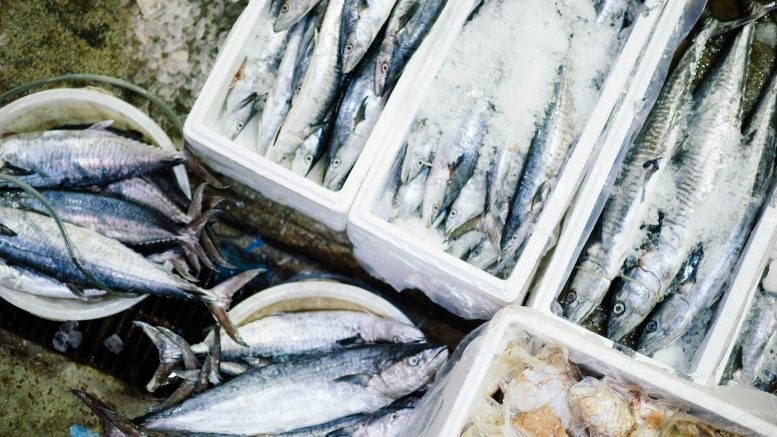Foodservice operators are becoming proactive in their approach to cold food management. Most restaurants have scheduled temperature checks, both ambient and core, for all foods in refrigerated environments. Managers and chains are also requiring a log of regular temperature checks from their distribution network.
Though the trend is spreading, not all distributors are taking accurate temperature readings. If this is the case, simply rely on your other senses and reference the following table to know when to accept or reject fresh meat:
Food Safety Standards and Potential Contamination Warning Signs
| Food | Temperature | Accept | Reject |
| Fresh Beef | 40° or lower | Color: bright red | Brown, green or purple splotches |
| Fresh Pork | Color: bright red | Black, white or greenish spots | |
| Fresh Lamb | Color: white fat, pink | Cartons are broken Meat wrappers are dirty or torn | |
| Fresh Poultry | 40° or lower | Texture: firm and springs back when touched | Purple or green discoloration around the neck. Darkened wingtips. Abnormal odor. Stickiness under the wings and joints. Soft, flabby flesh |
| Fresh Fish | 40° or lower | Eyes: bright, clear, and full
Texture: flesh and belly are firm and spring back when touched. Packed in self-draining ice |
Fishy or ammonia odor. Eyes sunken, cloudy, or red-bordered. Dry gills. The flesh is soft and gives. Finger imprint stays if pressed into the flesh |
| Fresh Shellfish | 45°F or lower when live0°F or lower when frozen | N/A | Shells are partly open and don’t close when tapped soft shell Strong odor |
Keeping Fresh Food Fresh
Letting your fresh food rot is like letting the ice cream fall from your cone. Or letting it melt. Or shoving it into the dirt—you get the picture. Use these products and techniques to ensure your fresh food stays that way.
- Utilize a blast chiller to lower food temperatures faster and more efficiently, minimizing the time that foods spend in the danger zone.
- Place food in a container and set in an ice-bath, keeping the container submerged evenly to ensure consistent cooling throughout.
- Immediately place food in a commercial refrigerator, whose primary function is to store food at or below 40°F.
- Use a probe-type meat thermometer to accurately track temperatures as the food cools.






Be the first to comment on "When to Accept or Reject Fresh Meat, Poultry and Seafood"